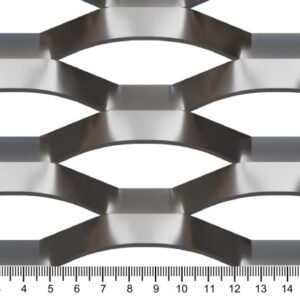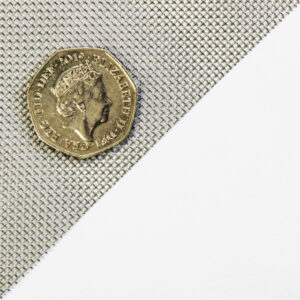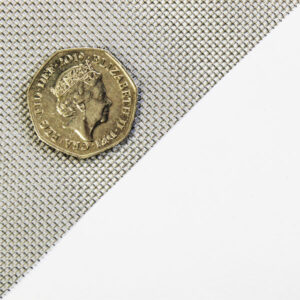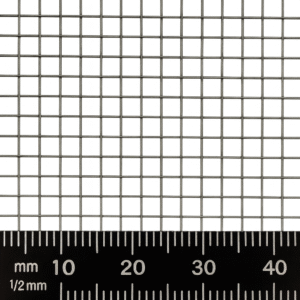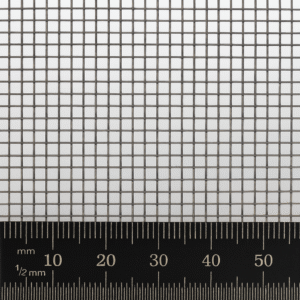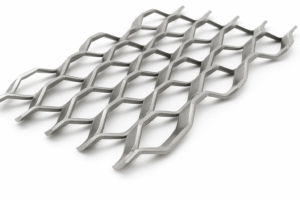








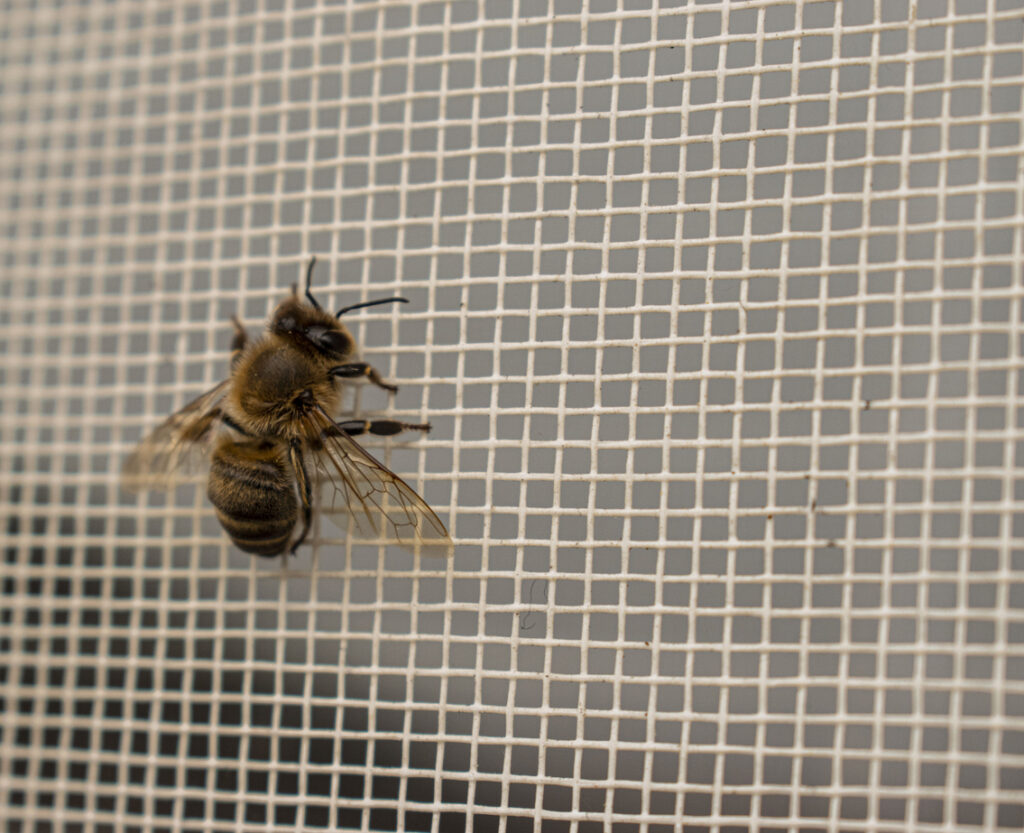
Beekeeping is a rewarding practice that blends nature with precision and care. As environmental concerns and pest threats rise, ensuring the health and protection of bee colonies has become more critical than ever. One of the lesser-known but highly effective solutions is the use of hive mesh. This simple addition to a beehive setup can greatly enhance colony health, hive cleanliness, and overall efficiency.
Hive mesh refers to a type of wire mesh that is installed in or around beehives to serve various protective and functional roles. Often made from stainless steel due to its strength and corrosion resistance, this mesh acts as a barrier against pests and allows for optimal ventilation. It comes in different gauges and hole sizes, each suited to specific tasks within beekeeping operations.
Pest Exclusion: Keeps mice, wasps, and other intruders from entering hives.
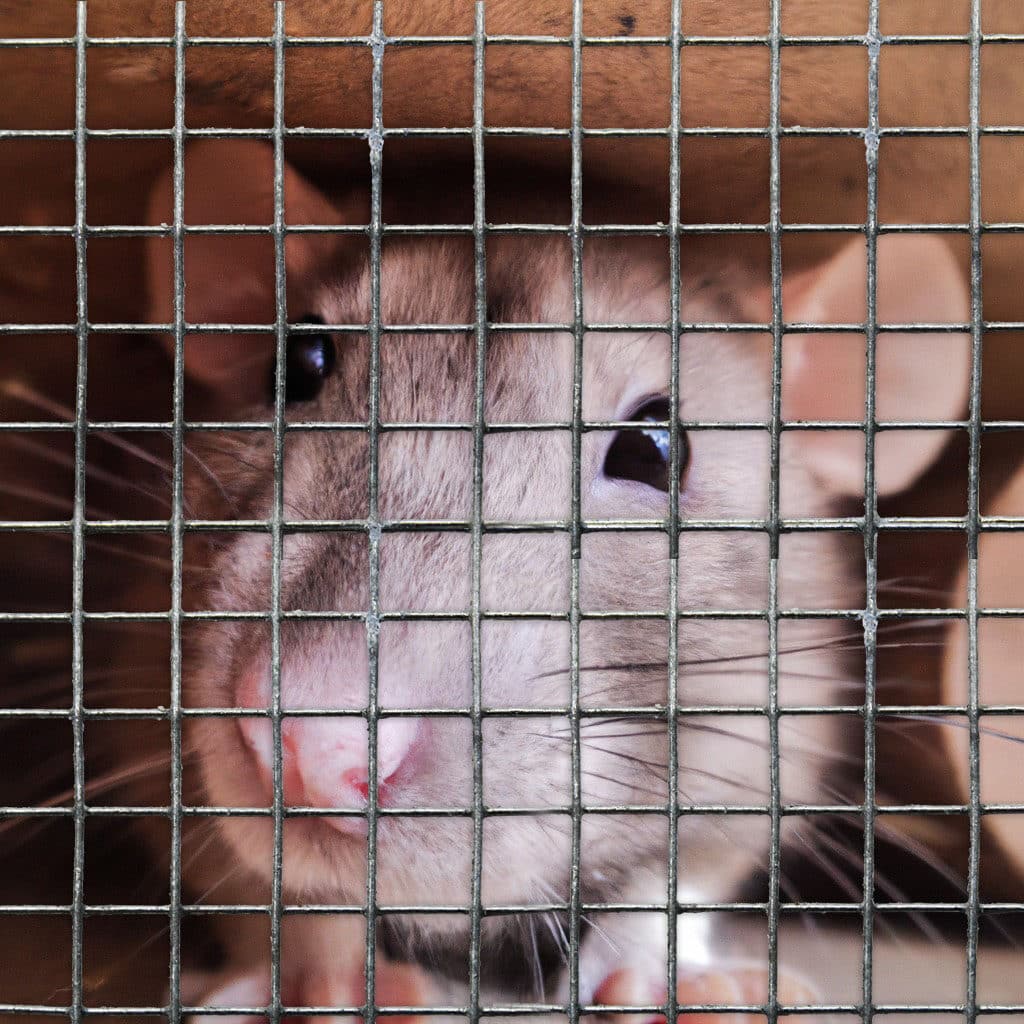
Varroa Floor Mesh: Allows mites to fall through and out of the hive.
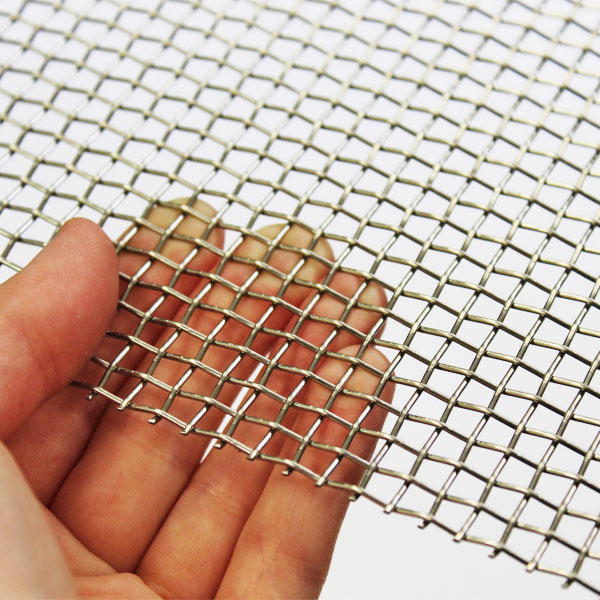
Ventilation Mesh: Maintains airflow during transport or summer months.
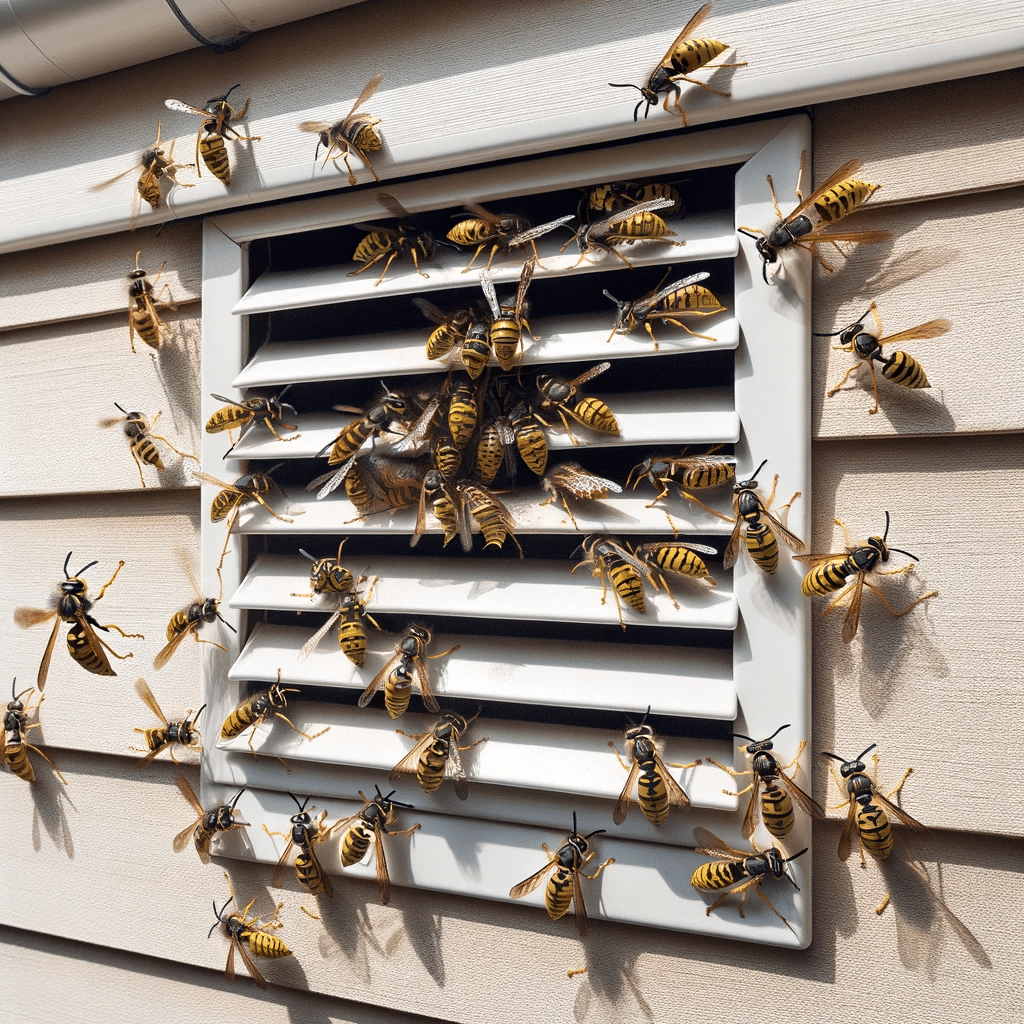
Queen Excluder: Controls queen movement to manage placement.

The inclusion of hive mesh offers multiple advantages that support sustainable and productive beekeeping.
Proper airflow helps regulate temperature and moisture inside the hive, essential for brood development and honey preservation.
Debris and pests fall through the mesh floor, reducing the risk of infestations and improving cleanliness.
Mesh installed around the hive prevents larger pests like rodents and wasps from breaching the colony.
During inspections, removable mesh floors allow for easier monitoring and cleaning without disturbing the bees.
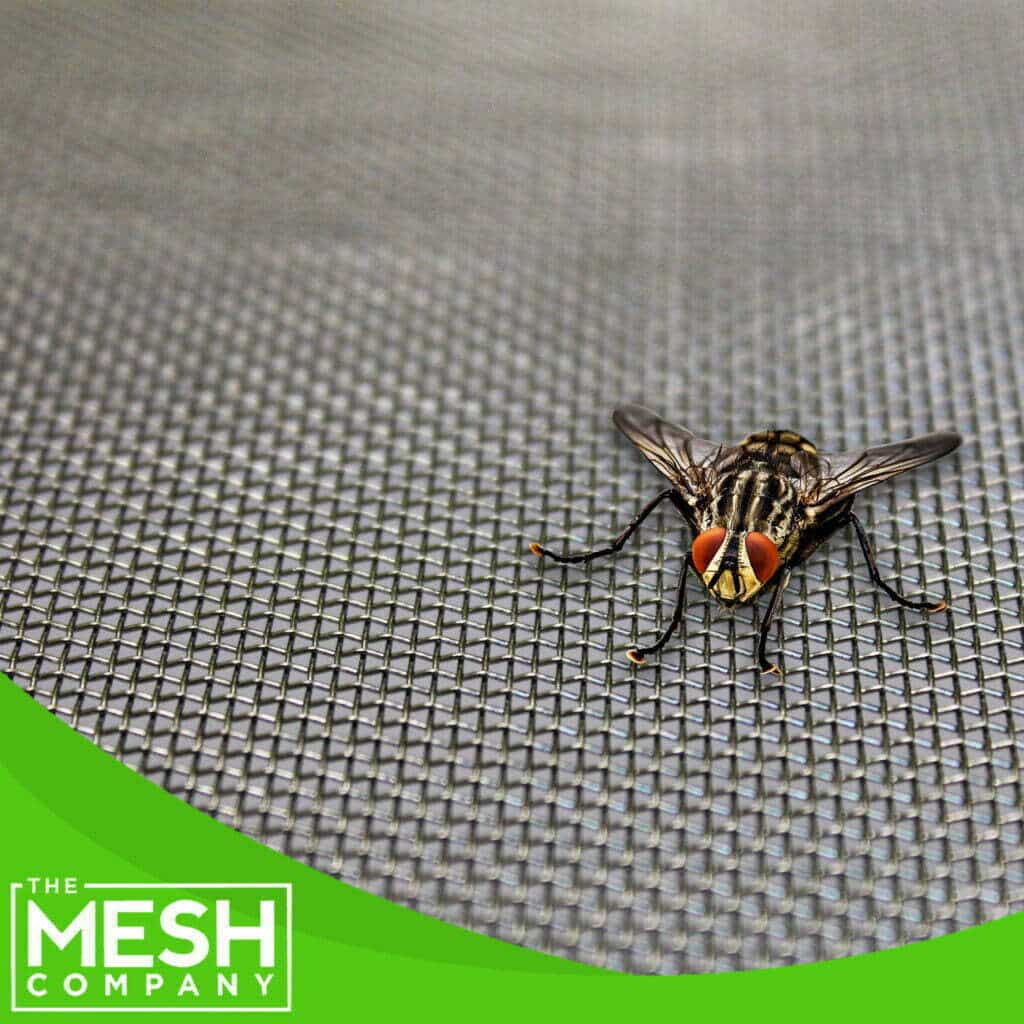

Not all wire mesh is suitable for beekeeping. Factors such as material, aperture size, and gauge all play a role in determining suitability.
Stainless steel is ideal for hive mesh due to its resistance to corrosion, weather, and chemical exposure. It is also robust enough to withstand chewing by pests.
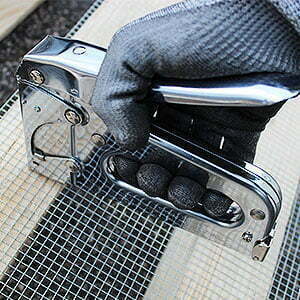
The mesh opening must be small enough to block unwanted pests while allowing necessary airflow. For example:
| Application | Recommended Aperture (mm) |
|---|---|
| Mouse Guards | 6mm |
| Varroa Screens | 2-3mm |
| Ventilation Panels | 4-5mm |
Thicker wire (lower gauge numbers) provides more durability, especially for external hive protection.

To make the most of hive mesh, correct installation is essential. Below are some key guidelines:
Measure accurately: Ensure the mesh fits snugly in the intended area
Secure firmly: Use J-hooks or mesh clips to keep the mesh in place
Seal edges: Prevent bees from escaping or pests entering via unsealed mesh sides
Check regularly: Periodic inspection ensures the mesh stays clean and intact
The Mesh Company stocks a variety of stainless steel meshes suitable for different beekeeping applications:
Stainless Steel 304 Grade Wire Mesh (2mm aperture) – Perfect for varroa floors and ventilation
6mm Hole Stainless Mesh – Ideal for rodent exclusion
Fine Stainless Mesh Rolls (1.5mm) – Great for hive lids and summer ventilation
These options are available in various roll sizes and custom cuts to fit your unique hive dimensions.
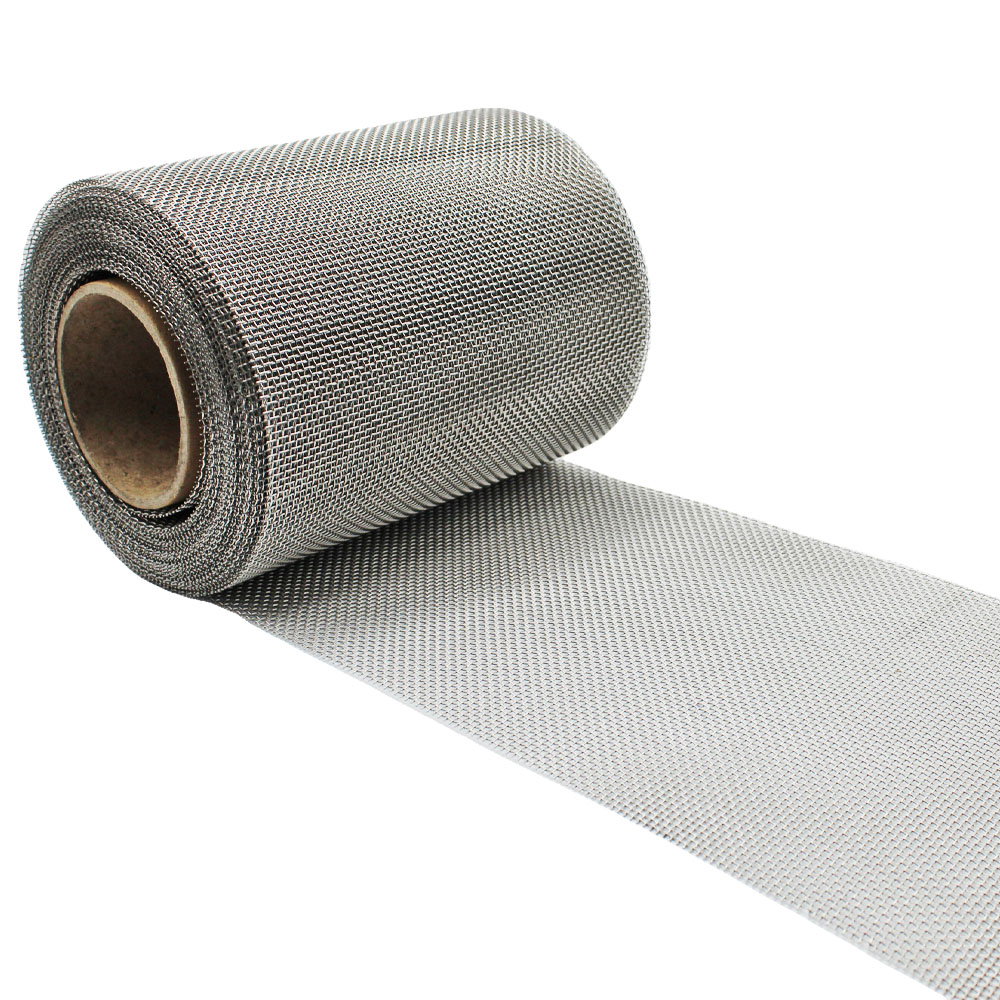

As sustainability becomes increasingly important, hive mesh contributes to eco-friendly beekeeping. Its longevity means less frequent replacements, reducing waste. Moreover, by helping maintain hive health without chemical treatments, it supports organic and natural beekeeping methods.
❌ Using galvanised or coated mesh which can corrode over time
❌ Choosing mesh with apertures too large to exclude pests
❌ Inadequate fixing methods leading to loose or ineffective barriers
Regular cleaning and inspection are vital for ensuring the effectiveness of your hive mesh. Here’s a simple routine:
✅ Inspect every 2-4 weeks for debris buildup
✅ Brush or hose off any detritus
✅ Re-secure any loose fittings
✅ Replace if rust or significant wear is evident

Incorporating hive mesh into your beekeeping setup may seem like a small step, but its impact is substantial. From pest control to improved airflow, the right mesh can extend hive longevity and boost colony productivity.
Whether you’re an amateur enthusiast or a commercial apiarist, The Mesh Company has the ideal solution for your needs. Browse our extensive range of stainless steel mesh options to find the perfect fit for your hives.
As always, thank you for checking out our blog. We hope that this helps you with your project. We try to launch a couple of new guides every week. Eventually we will have covered everything there is to cover about mesh.
You may be interested in our blog that explores how to build a chicken coop.
Our goal for our blogs and help guides is to answer as many questions as possible to help to explain the possibilities of mesh to our customers.

